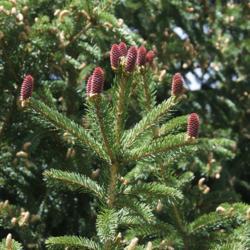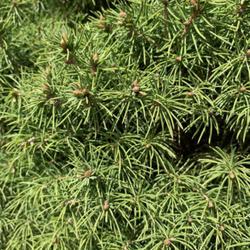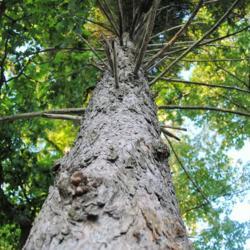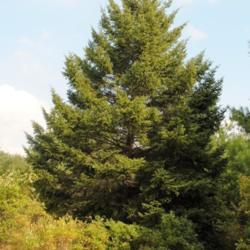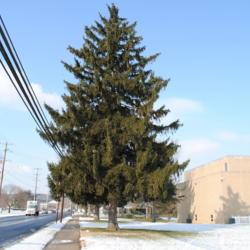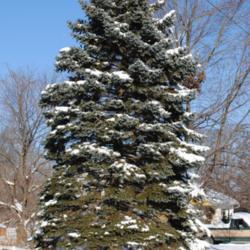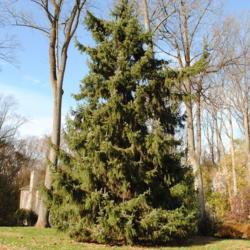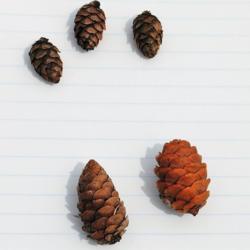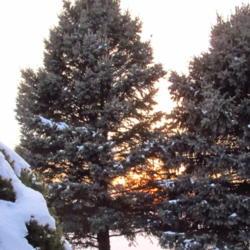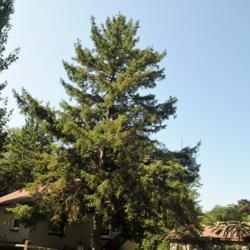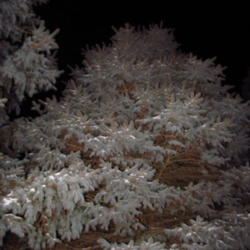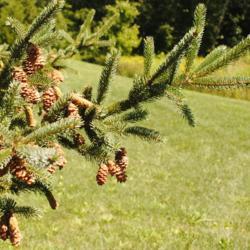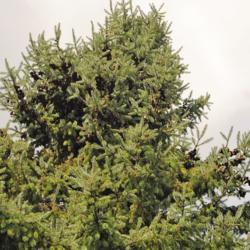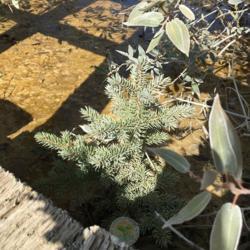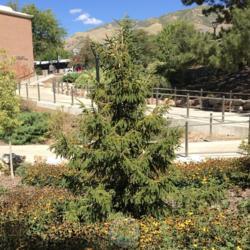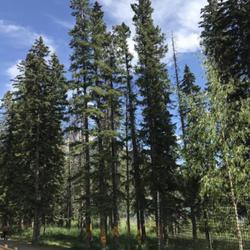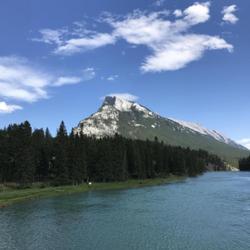| Plant Habit: | Tree |
| Life cycle: | Perennial |
| Sun Requirements: | Full Sun |
| Water Preferences: | Wet Wet Mesic Mesic Dry Mesic Dry |
| Soil pH Preferences: | Strongly acid (5.1 – 5.5) Moderately acid (5.6 – 6.0) Slightly acid (6.1 – 6.5) Neutral (6.6 – 7.3) |
| Leaves: | Evergreen Needled |
| Fruit: | Other: female cones with papery or thin woody scales |
| Fruiting Time: | Late summer or early fall Fall Late fall or early winter Winter |
| Flowers: | Other: soft male cones |
| Flower Time: | Spring |
| Uses: | Windbreak or Hedge Provides winter interest |
| Resistances: | Deer Resistant Rabbit Resistant |
| Propagation: Seeds: | Can handle transplanting Other info: Seeds are inside cones |
| Pollinators: | Wind |
| Miscellaneous: | Monoecious |

